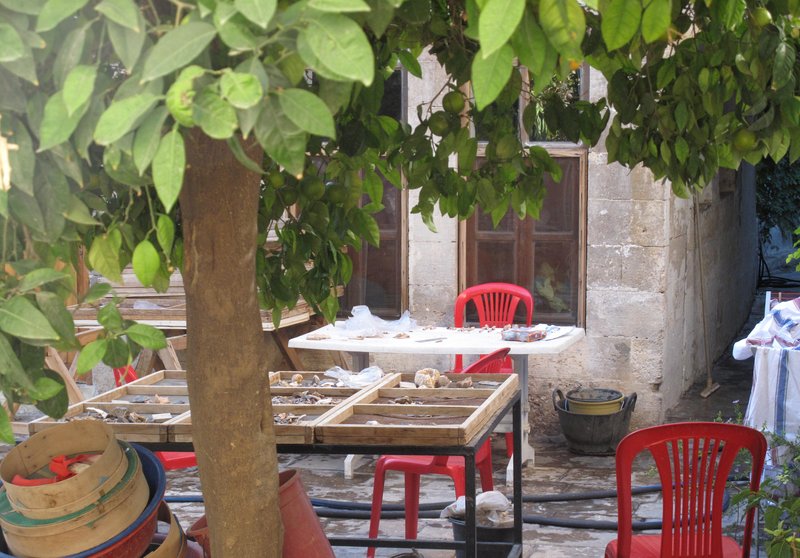Überblick
Many of the Neolithic sites so far excavated in Eastern Anatolia have provided evidence for different types and traditions relating to human burial and the treatment of the dead. For example, in Cayönü there is the famous ‘skull building’, and in Körtik Tepe complete bodies were buried beneath house floors. These different burial rites testify to a multifaceted dealing with death (and the dead) in this area.
Due to its apparent ritual significance, the outstanding site of Göbekli Tepe would appear predestined for special burial practices. The large stone structures and beautiful decorations stimulate fantasies of rituals which might have taken place within these buildings. Indeed, the special buildings seem very suitable for either ancestor veneration or sacrificial undertakings. However, so far, no undisturbed burials have been found at Göbekli Tepe. In spite of this absence, finds of human bone are not entirely lacking. Since the beginning of excavations in 1995, some 700 fragments of human bones have been recovered from the backfill of the special buildings. Although, very fragmented and partly with poor preservation, they show very interesting features which are still under anthropological research. First results of the fascinating human bone material will be presented soon.


